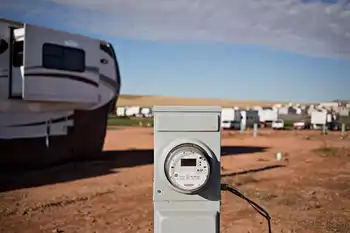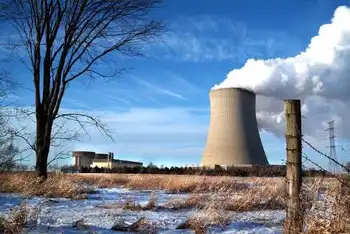Minnesota Signs Deal With Manitoba Hydro
WINNIPEG -- - The Minnesota Public Utilities Commission has unanimously approved a $1.7 billion power export deal with Manitoba Hydro.
It allows Minneapolis-based Xcel Energy to import power from Manitoba Hydro, despite the objections of aboriginal groups.
The 500-megawatt, 10-year deal was given the go-ahead.
It's an extension of an existing deal and will allow power to be exported until 2015.
Approval by Canada's National Energy Board is pending.
The Minnesota decision is a blow to the Pimicikamak Cree Nation of Cross Lake, Manitoba. They had asked the commission to first call a formal hearing into the social and economic impact of historic hydro development on their homeland.
Related News

Closure of 3 Southern California power plants likely to be postponed
SACRAMENTO - California Gas Plant Extensions keep Ormond Beach, AES Alamitos, and Huntington Beach on standby for grid reliability during heat waves, as regulators balance renewables, battery storage, and power, pending State Water Resources Control Board approval.
Key Points
State plan extending three coastal gas plants to 2026, adding capacity as California expands renewables and storage.
✅ Extends Ormond Beach, AES Alamitos, AES Huntington Beach
✅ Mitigates blackout risk during extreme heat and peak demand
✅ Pending State Water Resources Control Board approval
Temperatures in many California cities are cooling down this week, but a debate is simmering…




